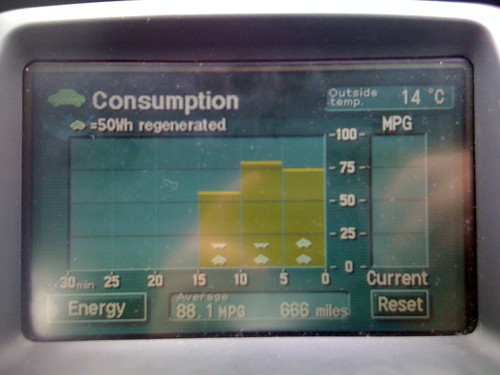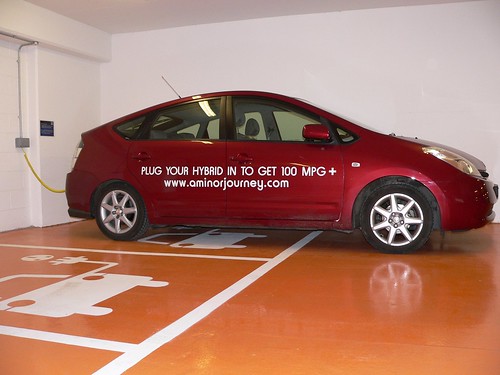If you’re one of the many people waking up to EV ownership and finding that the current vehicles on the market aren’t just cutting the mustard for you, or are two expensive or too slow then converting your vehicle from a petrol engine to an electric motor is a great option.
Sadly though, taking your existing car off the road for the few weeks or even months that it takes to convert to electricity isn’t a practical solution – especially if your vehicle has marketable retail value as a gas-powered vehicle or you want to keep it as a ‘long distance runner’ for the days when you just simply can’t get your EV to drive that 400 mile round trip to see granny in a day.
You’re then left with a situation where you desperately want to convert a car (like so many other EV hopefuls) to get that EV grin, but you realize that the best way to move forward is to source a donor vehicle – one which could happily give up it’s engine for the cause of electric vehicle goodness.





